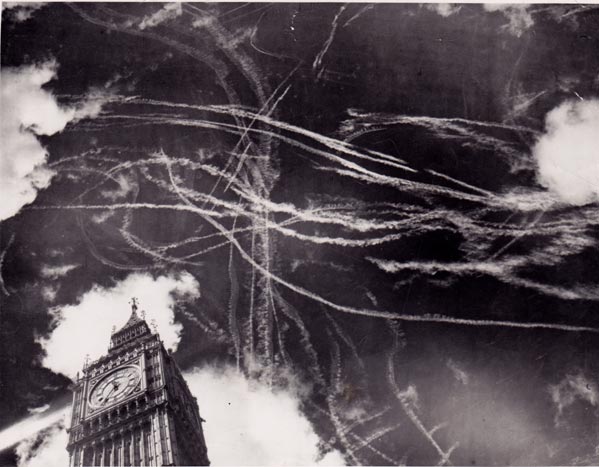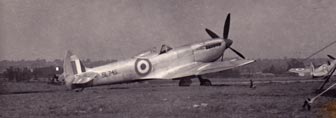Salute to ‘The Few’
Alan R. Capon | Sep 06, 2011 | Comments 1
 The closest Royal Air Force base to my hometown of Ipswich, Suffolk, England was Martlesham Heath. Previously, the RAF research and experimental station, it became an operational fighter base when the Battle of Britain began.
The closest Royal Air Force base to my hometown of Ipswich, Suffolk, England was Martlesham Heath. Previously, the RAF research and experimental station, it became an operational fighter base when the Battle of Britain began.
Its role was to defend the Orwell and Stour estuary between Felixstowe and Harwich and the eastern flanks of London. Near the “Old Felixstowe“ part of town was RAF Bawdsey where vital work on radar was being carried out.
When the Battle of Britain began early in June, 1940 there were two squadrons based at RAF Martlesham Heath, one equipped with Bristol Blenheim aircraft and the other with Hurricanes.
The Hurricane Squadron was for a time commanded by Squadron Leader (later Group Captain) Peter Townsend, later to be known as the man turned down by Princess Margaret.
Martlesham-based aircraft were among the first to make sorties against night-flying enemy aircraft as Ipswich and other parts of East Anglia were frequently raided.
The base came under direct attack by the Luftwaffe on August 15 when a squadron of Messerschmitt 110 fighter bombers attacked under cover of Messerschmitt 109s.
A Fairey Battle aircraft in a hangar was destroyed as well as some workshops and the officers` mess. The camps water main system was damaged and telecommunications were disrupted.
The aircraft based at Martlesham, alerted by radar fighter control units, were airborne when the enemy aircraft arrived and a number of the Luftwaffe aircraft were downed as they attempted to return to their base.
In September, the Luftwaffe changed their emphasis from targeting Royal Air Force fighter bases to attacking large cities in preparation for Hitler`s planned invasion of the United Kingdom.
On September 15, a large force of enemy planes began to bomb London. The RAF, alerted by radar, was waiting for them. Luftwaffe losses were so great that day that by the end of the month the German High Command decided against invading Britain.
Although the largest number of pilots in the Battle of Britain were British, many fighter pilots from other nations flew with them. These included the Royal Canadian Air Force No. 1 Squadron as well as Canadians in the RAF 242 “Canadian“ Squadron and other Canadians serving in RAF Squadrons. Other pilots came from Australia, New Zealand, South Africa, Czechoslovia, Poland, France and other countries.
This year, 415 Prince Edward County Wing of the Air Force Association of Canada (formerly the Royal Canadian Air Force Association) will hold its annual Battle of Britain dinner at the Royal Canadian Legion on Tuesday, September 20. The guest speaker will be Chris Colton, Executive Director of the Air Force Museum, CFB Trenton. The dinner is for Wing members and invited guests.
Filed Under: Alan R Capon • News from Everywhere Else • Uncategorized
About the Author:


































What an interesting post!
If the author would like to write a guest post on my blog on this subject, please get in touch.
Kind Regards